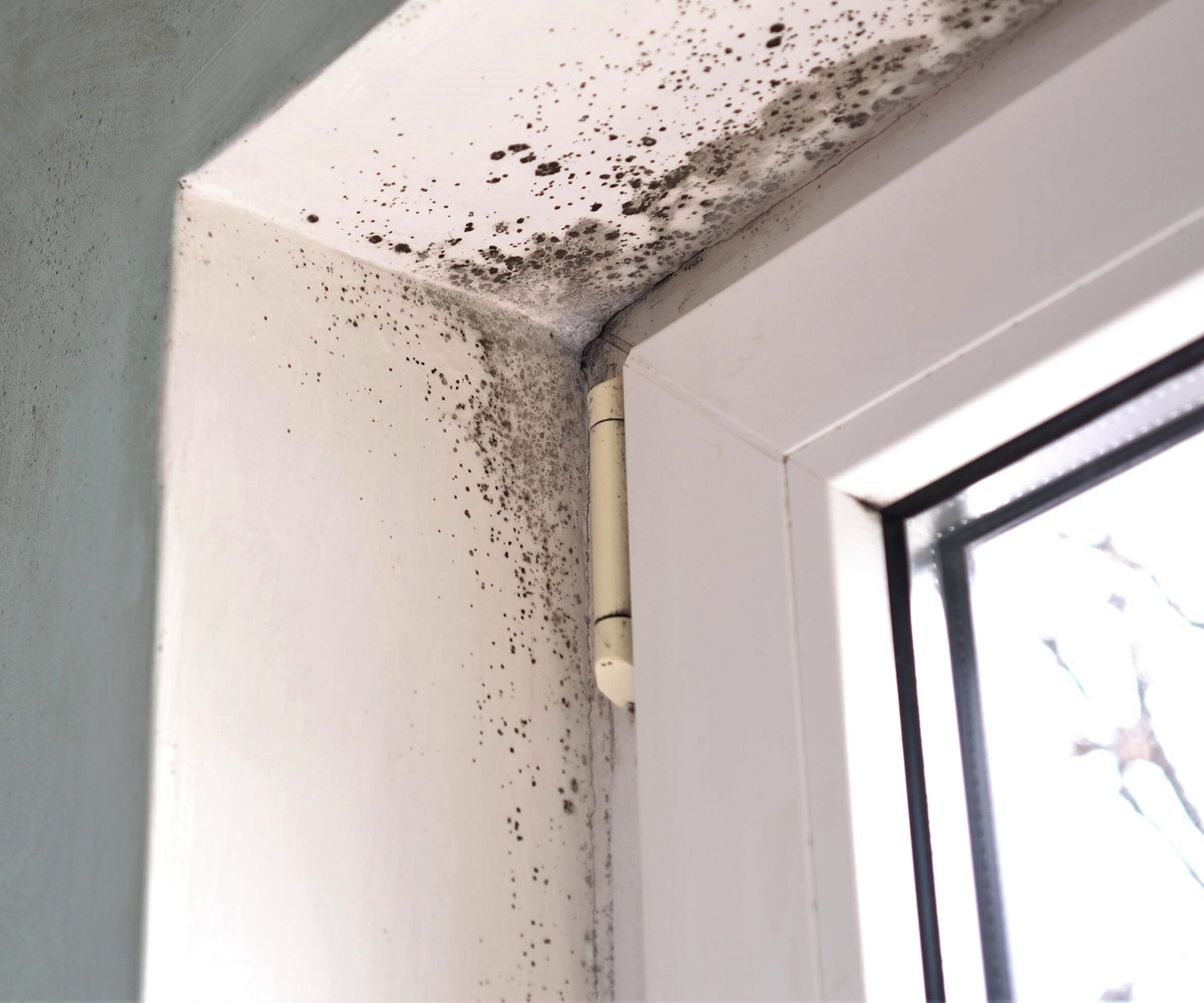Specialist Tips for Blog Post Mold And Mildew Removal Success
In the realm of mold remediation, successfully eradicating mold and mildew is only half the battle; the true difficulty exists in preventing its reappearance. By adhering to experienced tips and finest techniques, people can safeguard their spaces against mold and mildew renewal and preserve a healthy indoor setting.
Display Humidity Levels Frequently
After finishing mold and mildew remediation treatments, keeping ideal moisture degrees is important to avoid mold and mildew re-growth and guarantee a healthy interior atmosphere. High moisture levels over 60% produce a favorable atmosphere for mold to prosper, making normal checking a positive action to avoid any kind of future mold issues.
Additionally, developing a routine timetable for moisture checks, particularly in risky locations such as kitchens, bathrooms, and basements, is a positive technique to mold and mildew prevention. By regularly monitoring humidity degrees, home proprietors can properly mitigate the danger of mold reoccurrence and preserve a healthy and balanced interior environment post-remediation.
Conduct Thorough Inspections Post-Remediation
Complying with the conclusion of mold removal procedures, it is essential to conduct detailed assessments to verify the performance of the remediation procedure. These post-remediation inspections are critical in making sure that the mold and mildew problem has been effectively attended to and that there is no reappearance or remaining mold and mildew growth. Examinations should be performed by certified experts who have know-how in determining mold and mildew and analyzing interior air quality.
During these examinations, numerous techniques such as aesthetic evaluations, air sampling, and surface area sampling might be employed to extensively review the remediated areas. Visual analyses involve a thorough examination of the facilities to look for any type of noticeable indicators of mold growth or water damage. Air sampling aids in determining the air-borne mold spore degrees, while surface area tasting can spot mold and mildew particles on surfaces.
Implement Proper Ventilation Methods
After making certain the effectiveness of the mold and mildew remediation process via complete evaluations, the next critical step is to concentrate on executing correct ventilation methods. Sufficient ventilation is crucial in protecting against mold and mildew reoccurrence by managing dampness levels and advertising air circulation.
Correct air flow not only aids in preventing mold development however likewise adds to the overall health and convenience of owners. By making certain appropriate ventilation throughout the building, you can minimize the threat of mold and mildew regrowth and produce a much healthier living environment. Routine maintenance of ventilation systems, consisting of cleaning and filter replacements, is critical to sustaining reliable air flow. Consulting with heating and cooling experts can offer additional insights into enhancing air flow strategies for your specific mold removal places building needs.

Usage Mold-Resistant Products for Services
To boost the lasting performance of mold and mildew remediation initiatives, integrating mold-resistant materials for fixings is vital in reducing the danger of future mold and mildew growth. Mold-resistant materials are made to stand up to moisture and inhibit mold development, making them an essential option for locations vulnerable to wetness and moisture. When repairing areas influenced by mold and mildew, making use of products such as mold-resistant drywall, mold-resistant paints, and mold-resistant caulking can help avoid mold and mildew recurrence.
Mold-resistant drywall is an exceptional choice to conventional drywall in areas like washrooms and cellars where wetness levels are greater. This type of drywall has a special covering that stands up to mold growth also when subjected to damp conditions. Furthermore, utilizing mold-resistant paints containing antimicrobial agents can even more hinder mold and mildew advancement on have a peek at this website wall surfaces and ceilings.
In locations where moisture is usual, such as shower rooms and cooking areas, using mold-resistant caulking around bathtubs, sinks, and windows can aid seal out water and stop mold and mildew from taking hold in splits and gaps. By investing in these mold-resistant materials during fixings post-remediation, you can considerably minimize the chance of future mold and mildew concerns and keep a healthier indoor setting.
Maintain Tidiness and Address Water Issues
After mold remediation, it is important to maintain a tidy atmosphere to protect against the regrowth of mold. Leakages, water breach, or high moisture degrees can create the best breeding ground for mold, so it is vital to repair any type of water-related problems instantly.
To keep cleanliness, take into consideration using HEPA filters in vacuum cleaners and air cleansers to catch mold and mildew spores and avoid their flow airborne. Guaranteeing correct ventilation in areas prone to moisture buildup, such as kitchens and restrooms, can help keep humidity levels in check. By staying attentive concerning cleanliness and attending to water problems promptly, you can effectively stop mold and mildew reinfestation and keep a healthy indoor environment.
Final Thought

In the realm of mold and mildew remediation, efficiently eliminating mold is just half the fight; the real challenge lies in stopping its reappearance. After finishing mold and mildew removal procedures, maintaining optimal moisture levels is vital to protect against mold re-growth and guarantee a healthy and balanced indoor setting. High moisture degrees over 60% develop a favorable environment for mold to thrive, making routine monitoring a proactive procedure to prevent any type of future mold problems.
To improve the long-term performance of mold and mildew removal efforts, incorporating mold-resistant products for fixings is important in mitigating the danger of future mold and mildew development. After mold remediation, it is critical to keep a tidy environment to avoid the regrowth of mold and mildew.